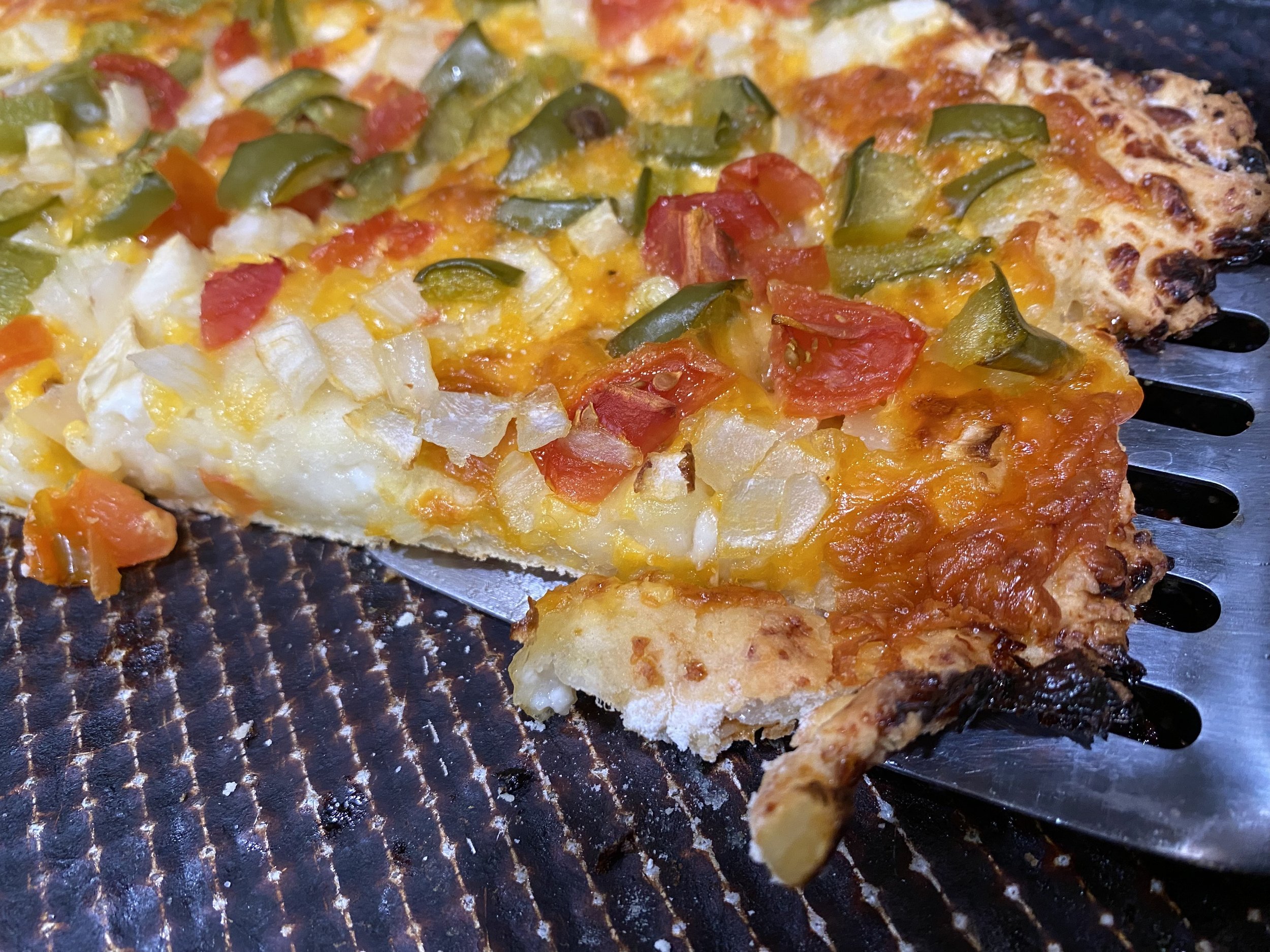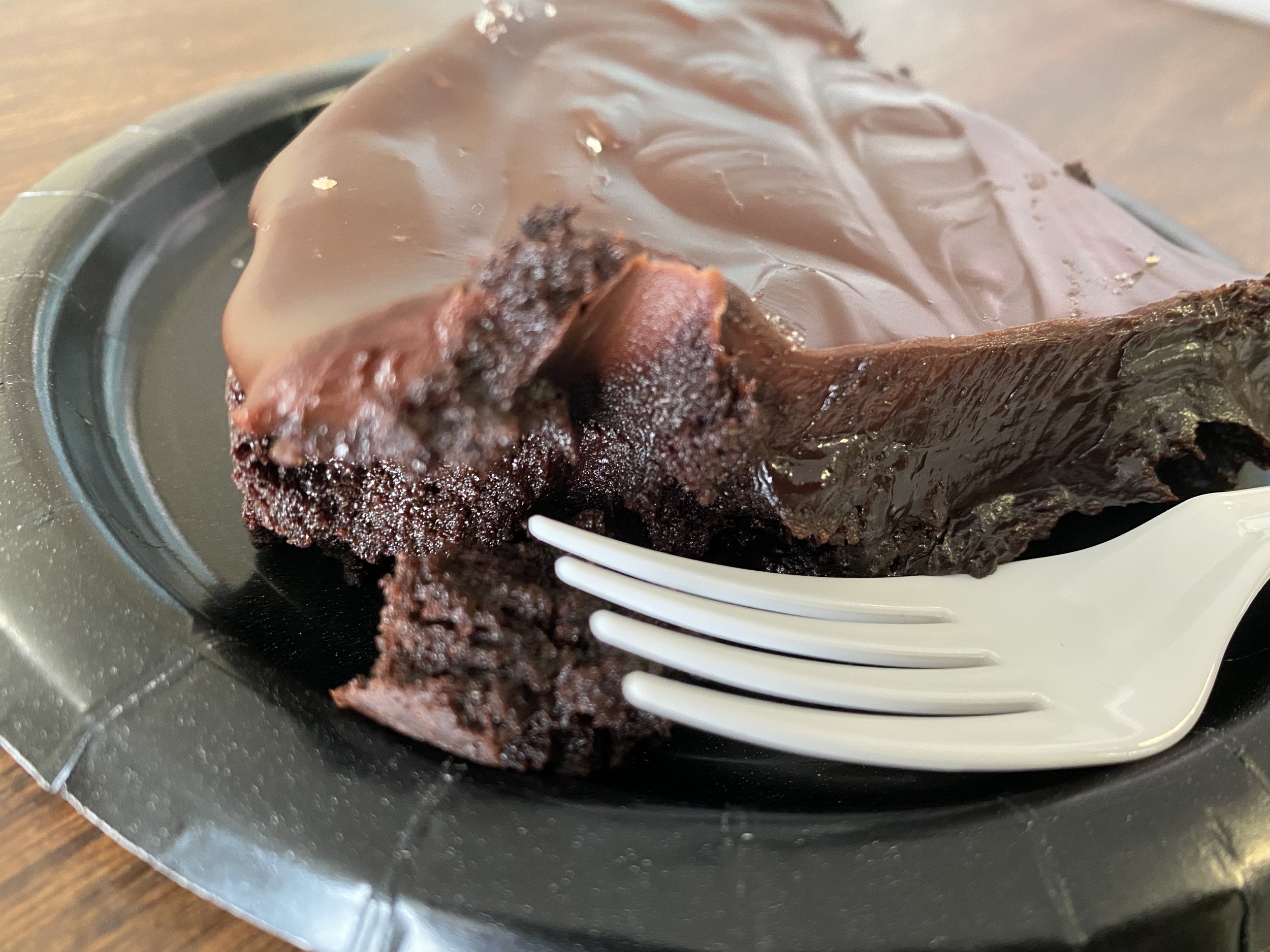First Thanksgiving Pumpkin
/Cushaws are often used where I live for decoration. (Photo by Charlotte Ekker Wiggins)
First Thanksgiving Pumpkin
I was on a quest of sorts. By the time I had checked favorite recipe books, I was convinced Cushaw’s deserved their reputation for being a Southern cook’s best kept secret.
While pawing through the piles of squash usually available in fall where I live, I knew this green-striped winter squash as the gooseneck squash. I used to think it was only ornamental, a lovely pop of green amid the yellows, oranges and white locally-grown squash varieties.
Then a friend gave me one and I started to research.
This striped beauty goes by many common names, including Tennessee Sweet Potato Squash and Japanese Pumpkin. Depending on where you live, you might also hear it referred to as a Kershaw Squash or the Juirdmon. Botanically, the Cushaw is known as Cucurbita argyrosperma.
It is very closely related to the Zucchini, Yellow Summer Squash and a closer relative to the Acorn squash and Pumpkin. The Cushaw fruit is basically a gourd and it is the most likely candidate for being the original North American Thanksgiving pumpkin.
It has long roots in North America. Horticultural historians estimate the cushaw has been grown in this part of the world since 7,000 B.C.
Several native tribes in the modern US Southwest have cultivated the fruit for thousands of years because of its tolerance to hot and dry growing conditions and resistance to pests and disease. Not only is the flesh tasty, the seeds contain a high amount of oil compared with other Cucurbita varieties.
Cushaw pie made with the traditional pumpkin recipe. (Photo by Charlotte Ekker Wiggins)
I was hooked at the thought of finding the original Thanksgiving pumpkin but this vegetable has many lives. The person who shared one with me cooks it into an applesauce-like breakfast food. Cooks in Tennessee still make Cushaw Butter, while their neighbors in Appalachia commonly use Cushaws (instead of orange pumpkin) in their holiday pies. So do the Cajuns and Creoles in Louisiana.
Cushaw fruits average 10 to 20 pounds, grow to be 12 to 18 inches long, and are roughly 10 inches in diameter at the bowl. The skin is whitish-green with mottled green stripes.
The flesh is light-yellow; it is mild and slightly sweet in flavor; meaty in texture and fibrous. It is sometimes called cushaw pumpkin and is often substituted for the standard, orange, jack-o-lantern pumpkin in pie-making. The cushaw has a green summer squash flavor and scent to it. It has a smoky-ness in taste and is moist without being wet. It is used for both savory and sweet dishes and is great for northern climates because it provides vitamin C for the winter. It also stores very well.
Though most pumpkin varieties are high in Vitamin E, fiber and a dozen other healthy minerals, the Cushaw has a distinction — it also tastes wonderful on its own. Roasted like Spaghetti Squash, the Cushaw offers up a slight nutty sweetness.
In some Native cultures, the seeds are toasted for snacks or made into sauces and moles. The flowers are stuffed and/or fried.
Sometimes the fruit flesh is used for livestock feed.
More recipes that can be altered are available in the American Encyclopedia of Cooking.
Charlotte












